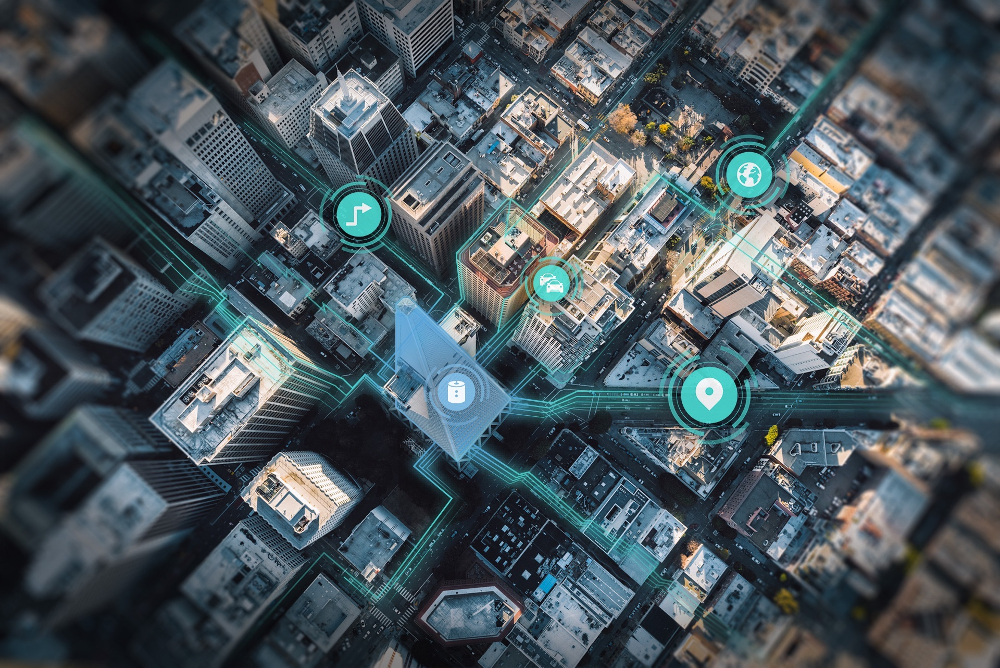At the World Economic Forum’s recent Davos conference, global business and political leaders surmised that the geopolitical fallout from Russia’s war in Ukraine, combined with pandemic-induced global supply chain disruptions, are signalling the end of a three-decade era of globalisation.[1]
We are already seeing this trend locally, as more retailers seek to localise their supply chains to offset over-reliance on global networks. For example, a recent survey by National Australia Bank (NAB) found that 70 per cent of its customers felt that greater investment in local manufacturing facilities is needed to relieve the country’s supply chain challenges.[2]
Businesses are shifting mentality from “just in time” to “just in case” and looking to increase their stock on hand. The rationale is that the cost of keeping additional supply pales in comparison to not having access to that stock, particularly if it sends customers elsewhere. Delays will also send customers away as backed by a recent survey from HERE Technologies where just 9 per cent of consumers would be happy to wait more than five days for a delivery.[3]
In short, domestic availability of goods at speed has never been more important.
How does location technology fit in?
Now that businesses are seeing the value of investing in local supply chains – the next step is to consider how they can optimise this investment to ensure operations are most efficient. Greater investment in location technology is one way to achieve that.
Location technology refers to software that helps to better connect disparate datasets, creating maps that can adapt in real-time, enabling retail supply chain players to be as efficient as possible.
In a retail context, these disparate data sets could include: stock inventory information,foot traffic for physical stores, website behaviour, traffic congestion information, package tracking and estimated delivery times, product provenance and origination, and more.
If all of these data sources are brought together in one place, retailers can create better experiences and better serve their customers to build brand loyalty and repeat business.
What does this look like in practice?
There are a number of use cases for the implementation of location technology in helping retailers to solve business critical challenges.
The same research from HERE Technologies found that specific delivery time slots and regular updates from the retailer or courier were two of the top three consumer priorities for improving online shopping delivery experiences.
Location technologies that enable this are therefore critical. Real-time visibility and product tracking throughout the supply chain allows retailers to see – and therefore share with customers – a product’s journey from the moment it leaves the factory or warehouse, to the moment it arrives at their doorstep.
Another emerging form of location technology that can help businesses improve efficiency is automated warehousing, which is the process of automating the movement of inventory into, within and out of warehouses to customers with minimal human assistance.
With Australians moving out of metropolitan centres and into the regions in droves – some areas are witnessing regional growth to the tune of 30-40%[4] – location data and other location-based analytics can help retailers plan where to place new stores. This is most relevant in new and emerging regional centres that do not have the same bank of performance data to draw on as Australia’s capital city centres.
Knowing what type of businesses are in the local area and foot traffic movements is critical in guiding location selection, particularly as people move away from the cities.
Global and local retail businesses are investing in localising their supply chains, but that’s only one piece of the puzzle – they must look to location technology to optimise efficiency and output of their investment in new infrastructure.
Location technology helps retailers bring disparate information sources into one place to get a more holistic view of their offering, and their customers’ experience. An investment in location technology, could help to save time, money and reputation in the long run.
Daniel Antonello is general manager for Australia and New Zealand at HERE Technologies.
[1] https://www.ft.com/content/0599878e-a820-4657-8e52-f069bb10d512
[2] https://www.afr.com/companies/financial-services/businesses-want-to-bring-manufacturing-closer-to-home-say-banks-20220530-p5apkr
[3] https://www.here.com/company/press-releases/en/Aussies-blacklist-slow-delivery-retailers-while-port-and-road-congestion-chokes-supply-chains
[4] Mosaic Insights – City dwellers relocate to the Regions – Experian Australia

